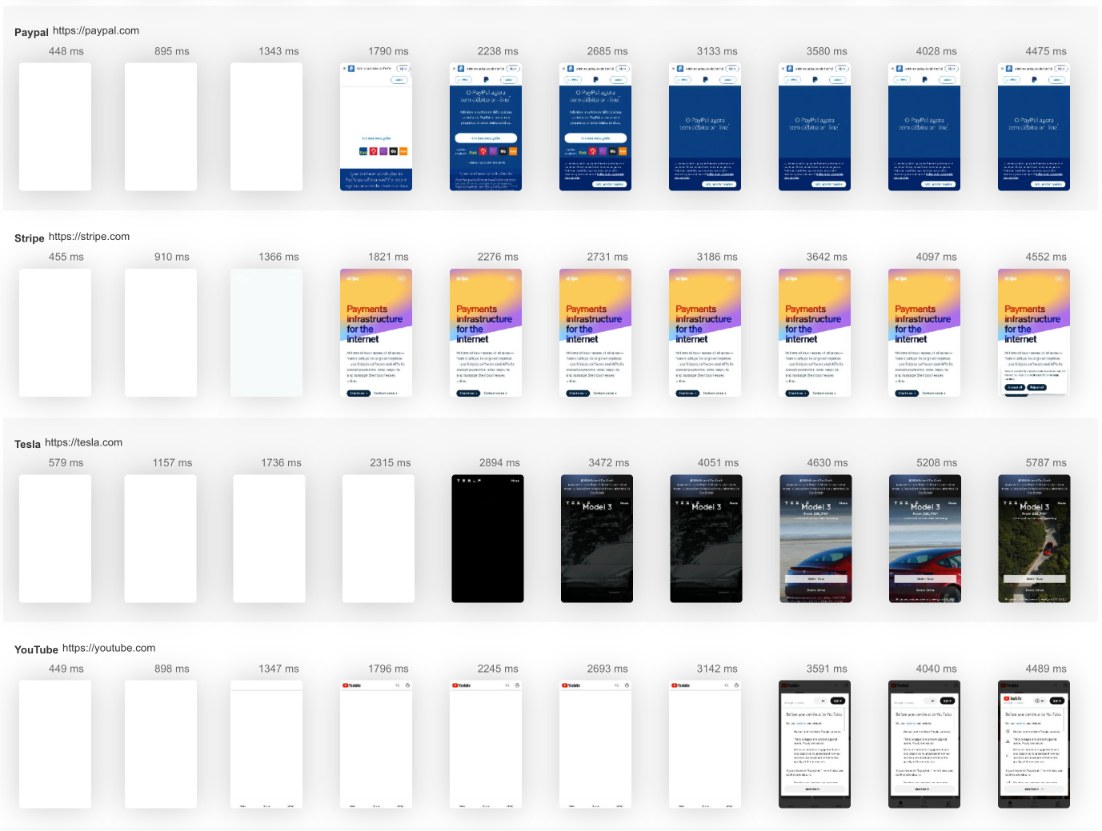What is a Watchlist? Complete Guide to Strategic Monitoring, Priority Tracking & Competitive Intelligence Management
Master watchlists with this comprehensive guide. Learn how strategic monitoring works, discover proven strategies for priority tracking, and understand how to leverage watchlists for competitive intelligence and brand management optimization.
What is a Watchlist?
A watchlist is a curated collection of specific keywords, competitors, influencers, topics, or entities that require ongoing monitoring and analysis for strategic business intelligence. This organized tracking system enables focused surveillance of high-priority elements that directly impact brand reputation, competitive positioning, market opportunities, or business objectives, ensuring critical developments receive immediate attention and strategic response.
Watchlists transform overwhelming information streams into manageable, prioritized monitoring systems, enabling businesses to focus resources on tracking elements that matter most to strategic success while filtering out noise and irrelevant data.
Why Watchlists are Essential for Strategic Monitoring
- Priority Focus: Concentrate monitoring resources on high-impact keywords, competitors, and topics
- Strategic Organization: Organize monitoring efforts around business objectives and competitive priorities
- Resource Efficiency: Maximize monitoring effectiveness by focusing on strategically important elements
- Rapid Response: Enable immediate notification and response to developments affecting priority items
- Intelligence Coordination: Coordinate team monitoring efforts around shared strategic priorities
Key Benefits of Watchlists for Digital Marketing
Focused Competitive Intelligence
Watchlists enable concentrated monitoring of key competitors, their strategies, and market activities, ensuring no important competitive development goes unnoticed while avoiding information overload from less relevant sources.
Strategic Priority Management
By organizing monitoring around business priorities, watchlists ensure critical topics, opportunities, and threats receive appropriate attention and resources for timely strategic response and decision-making.
Efficient Resource Allocation
Watchlists optimize monitoring investments by focusing attention on high-value targets, reducing wasted effort on irrelevant information while ensuring comprehensive coverage of strategic priorities.
Proven Watchlist Use Cases and Success Stories
- Competitive Monitoring: Software companies maintain competitor watchlists to track product updates and strategic moves
- Crisis Prevention: Healthcare organizations watch regulatory keywords and safety-related discussions
- Influencer Tracking: Fashion brands monitor key style influencers and fashion week activities
- Market Intelligence: Financial services track economic indicators and regulatory development keywords
- Partnership Opportunities: Technology companies watch potential partner organizations and collaboration signals
Types of Watchlists and Strategic Categories
Competitor watchlists track rival companies and their activities. Brand watchlists monitor your own brand mentions and reputation indicators. Influencer watchlists follow key opinion leaders and industry voices. Topic watchlists track important themes and industry developments. Crisis watchlists monitor potential threat indicators and negative sentiment patterns.
Each watchlist type serves specific strategic purposes and requires different monitoring approaches, response protocols, and analytical frameworks for maximum intelligence value and business impact.
How to Master Watchlists: Step-by-Step Implementation Guide
Step 1: Define Watchlist Strategy
- Identify strategic priorities requiring ongoing monitoring and intelligence gathering
- Categorize watchlist elements by business impact, urgency, and strategic importance
- Establish watchlist objectives: competitive intelligence, reputation management, or opportunity identification
- Define team responsibilities and access levels for different watchlist categories
- Create watchlist naming conventions and organizational standards for consistency
Step 2: Build Watchlist Contents
- Research and compile comprehensive lists of competitors, keywords, and strategic entities
- Include variations, misspellings, and alternative names for complete coverage
- Add relevant influencers, industry leaders, and key opinion leaders
- Define topic areas, themes, and industry-specific terminology for monitoring
- Establish priority levels and monitoring frequency for different watchlist items
Step 3: Configure Monitoring Systems
- Set up automated monitoring tools with watchlist-specific alert parameters
- Configure notification systems for different priority levels and response requirements
- Establish filtering rules to reduce noise while maintaining comprehensive coverage
- Create dashboards and reporting systems for watchlist performance tracking
- Integrate watchlist monitoring with existing business intelligence and response workflows
Step 4: Manage and Optimize
- Regularly review watchlist performance and adjust contents based on strategic changes
- Add new competitors, keywords, and topics as business priorities evolve
- Remove outdated or irrelevant items to maintain focus and efficiency
- Analyze watchlist intelligence for strategic insights and pattern identification
- Share watchlist insights with stakeholders for informed decision-making and strategic planning
Watchlist Best Practices for Strategic Intelligence
- Regular Maintenance: Review and update watchlists quarterly to maintain relevance and strategic alignment
- Priority Classification: Organize watchlist items by importance and urgency for efficient resource allocation
- Comprehensive Coverage: Include all relevant variations and alternative names for complete monitoring coverage
- Team Coordination: Share watchlists across relevant teams for coordinated intelligence and response efforts
- Performance Tracking: Monitor watchlist effectiveness and adjust parameters based on intelligence quality and business value
Watchlist FAQ: Common Questions Answered
How many items should be included in an effective watchlist?
Optimal watchlists contain 20-100 items depending on purpose and resources. Competitor watchlists typically include 5-15 rivals, while keyword watchlists may contain 50-200 terms. Focus on quality and relevance over quantity.
How often should businesses update their monitoring watchlists?
Review watchlists monthly for tactical adjustments, quarterly for strategic updates, and immediately when business priorities or competitive landscapes change significantly. Maintain ongoing optimization based on performance data.
Should watchlists be shared across teams or kept department-specific?
Use both approaches: create shared strategic watchlists for company-wide intelligence and specialized watchlists for department-specific needs. Ensure coordination while maintaining relevant focus for different teams.
What's the difference between watchlists and regular keyword monitoring?
Watchlists are curated, prioritized collections requiring strategic attention and response, while regular monitoring may include broader, less critical keywords. Watchlists focus on high-value intelligence requiring action.
How can businesses measure watchlist effectiveness and ROI?
Track metrics including threat prevention, opportunity identification, competitive advantage gained, response time improvements, and strategic decisions informed by watchlist intelligence. Measure business impact rather than just monitoring volume.
PostNext is your all-in-one social hub to schedule, publish, and analyze content on Instagram, TikTok, X, LinkedIn, Facebook, Pinterest, and more—without the tab chaos.Start 7-day free trial→
